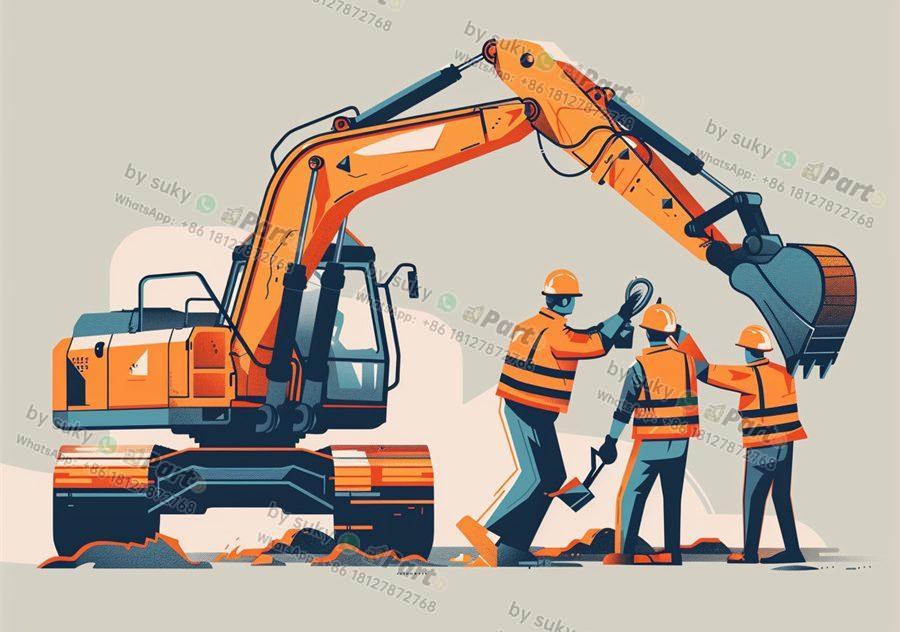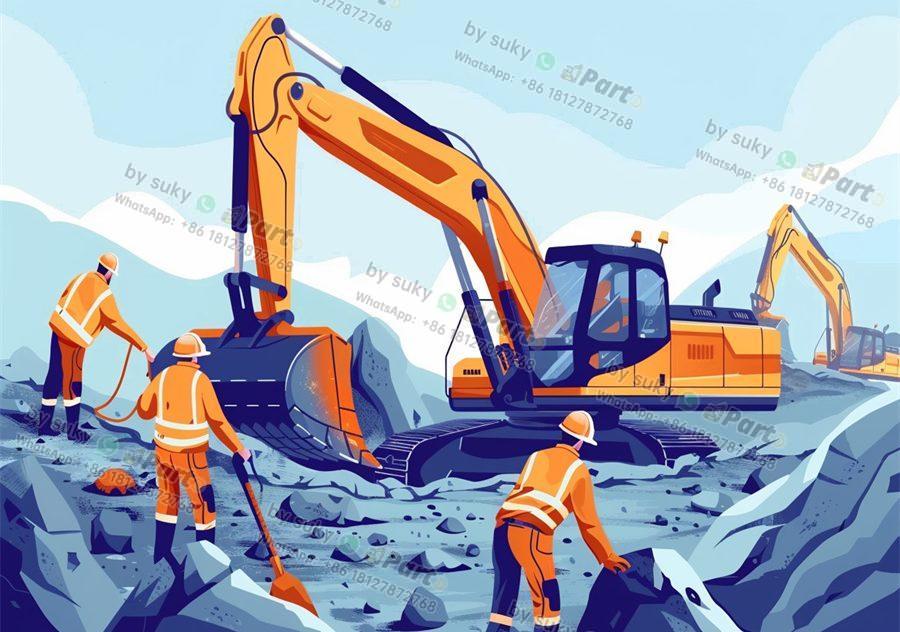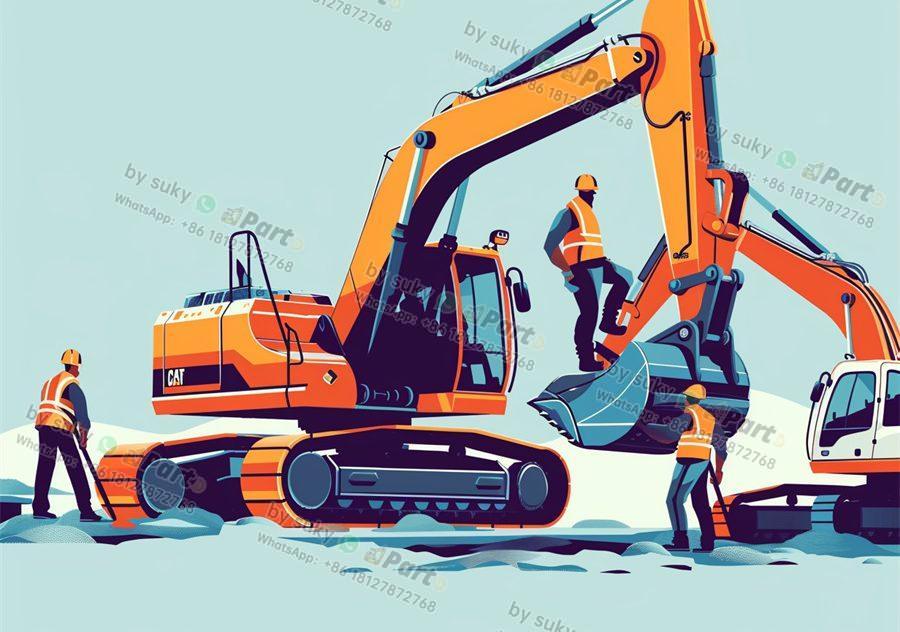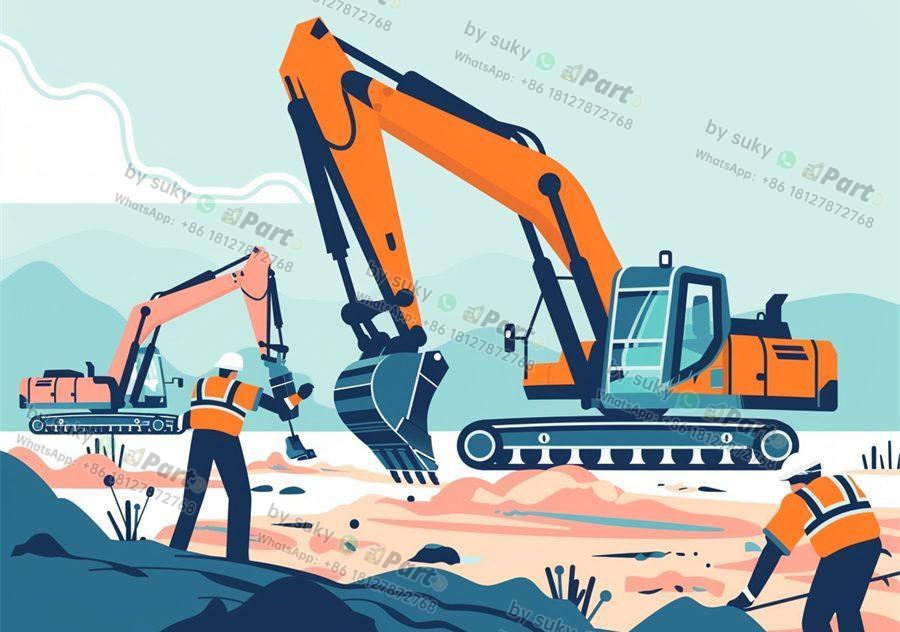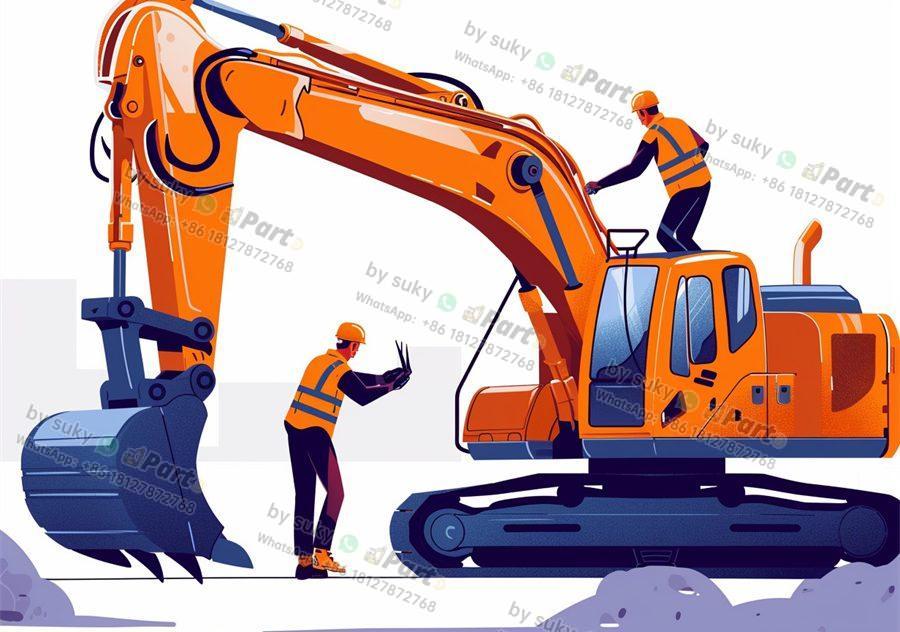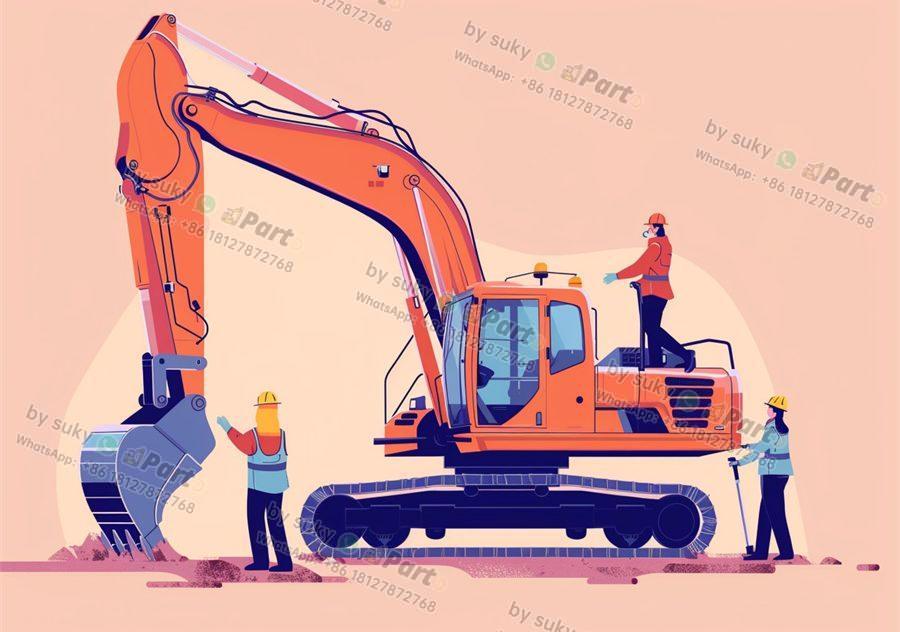When it comes to heavy machinery, using genuine OEM parts is crucial for optimal performance and longevity. As an importer or distributor of engineering vehicle parts, it’s essential to understand the benefits of sticking with original equipment manufacturer parts.
Quality Assurance
One of the primary advantages of genuine OEM parts is the assurance of quality. These parts are manufactured to meet the exact specifications and standards set by the original equipment manufacturer. This means you can trust that the parts will fit perfectly and function as intended, reducing the risk of malfunctions or breakdowns. Additionally, OEM parts are often made with higher quality materials, leading to increased durability and reliability.
Compatibility
Another key benefit of using genuine OEM parts is compatibility. These parts are designed to work seamlessly with the specific make and model of heavy machinery they were created for. Using OEM parts ensures that all components in the machine function together harmoniously, optimizing performance and safety. By using parts that are designed to work together, you can avoid compatibility issues that may arise with aftermarket parts.
Warranty Coverage
Many OEM parts come with a warranty that guarantees their quality and performance. This warranty provides added peace of mind, knowing that if anything goes wrong with the part, you will be covered for a replacement or repair. By using genuine OEM parts, you can protect your investment in heavy machinery and avoid costly repairs that may result from using inferior or incompatible aftermarket parts.
Long-Term Cost Savings
While OEM parts may have a higher upfront cost compared to aftermarket alternatives, they can actually save you money in the long run. Genuine OEM parts are built to last, meaning you won’t have to replace them as frequently as aftermarket parts that may wear out more quickly. Additionally, using OEM parts can help prevent major breakdowns or damage that could result from using inferior parts, saving you both time and money in the long term.
In conclusion, utilizing genuine OEM parts for heavy machinery is a smart choice for importers and distributors in the engineering vehicle parts industry. The quality assurance, compatibility, warranty coverage, and long-term cost savings offered by OEM parts make them a superior option to aftermarket alternatives. By investing in OEM parts, you can ensure the optimal performance and longevity of the heavy machinery you work with. For more information on the importance of genuine OEM parts, check out our article on “The Risks of Using Aftermarket Parts for Heavy Machinery.”

